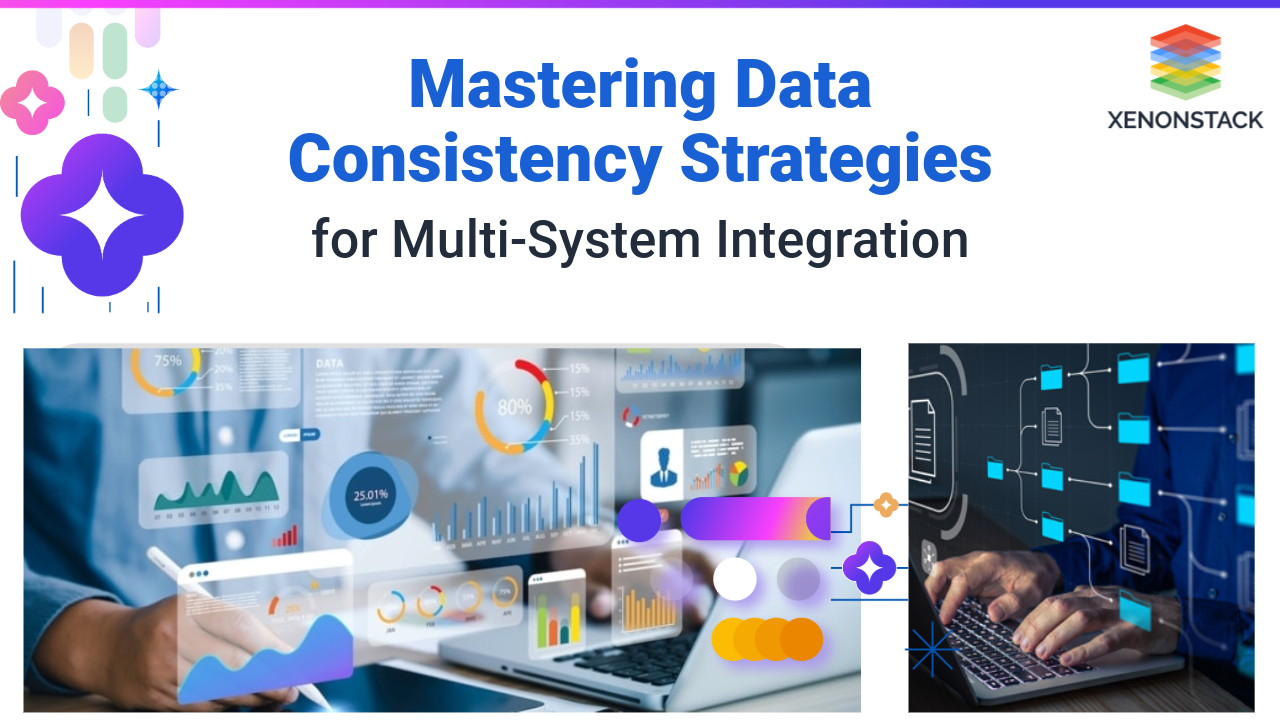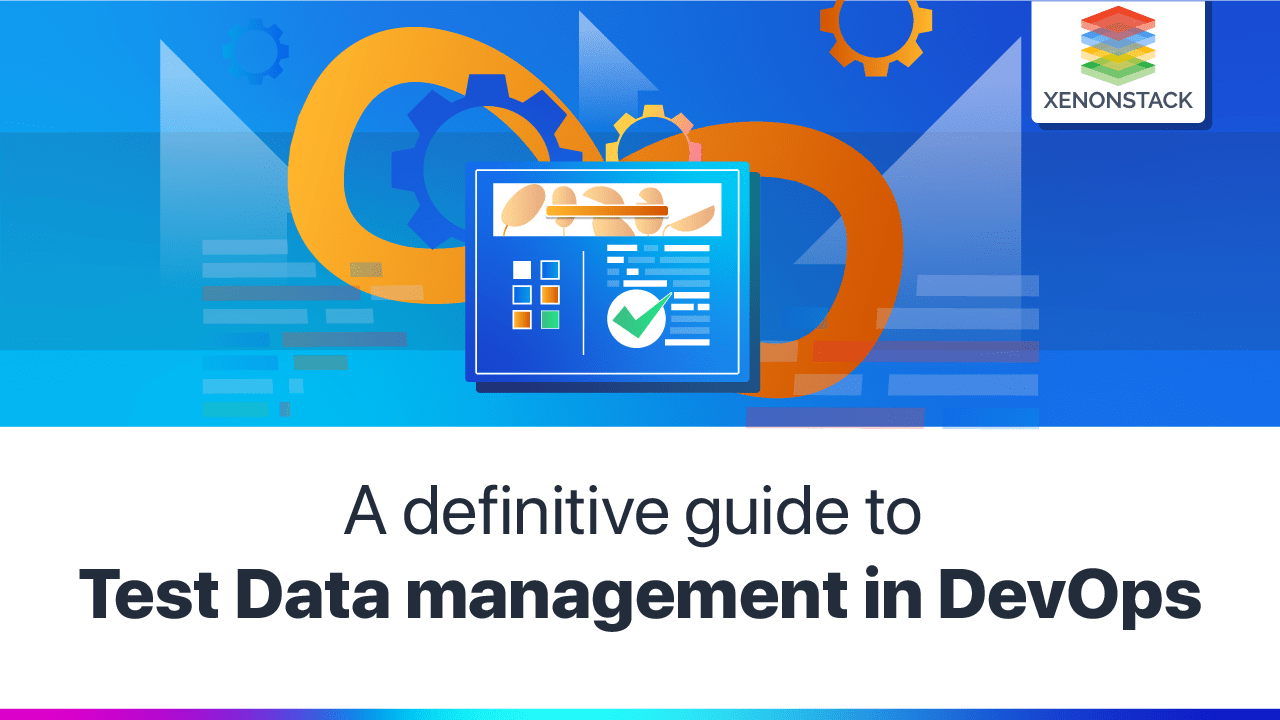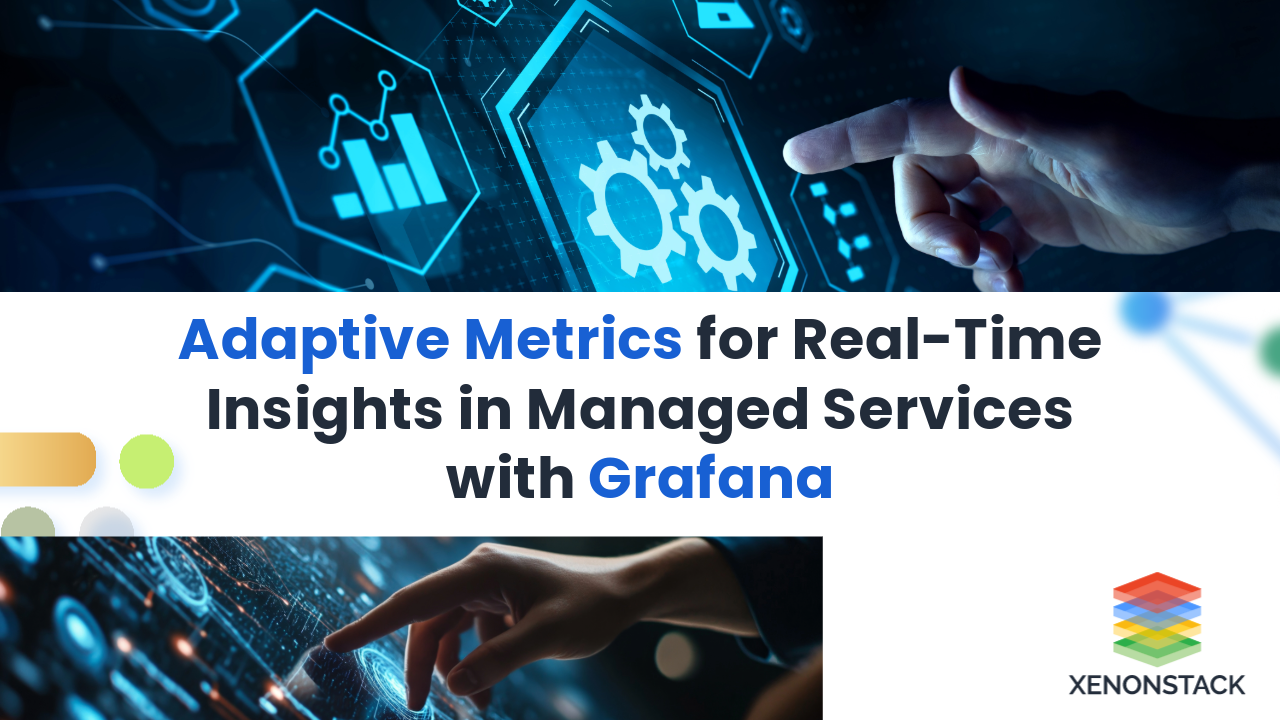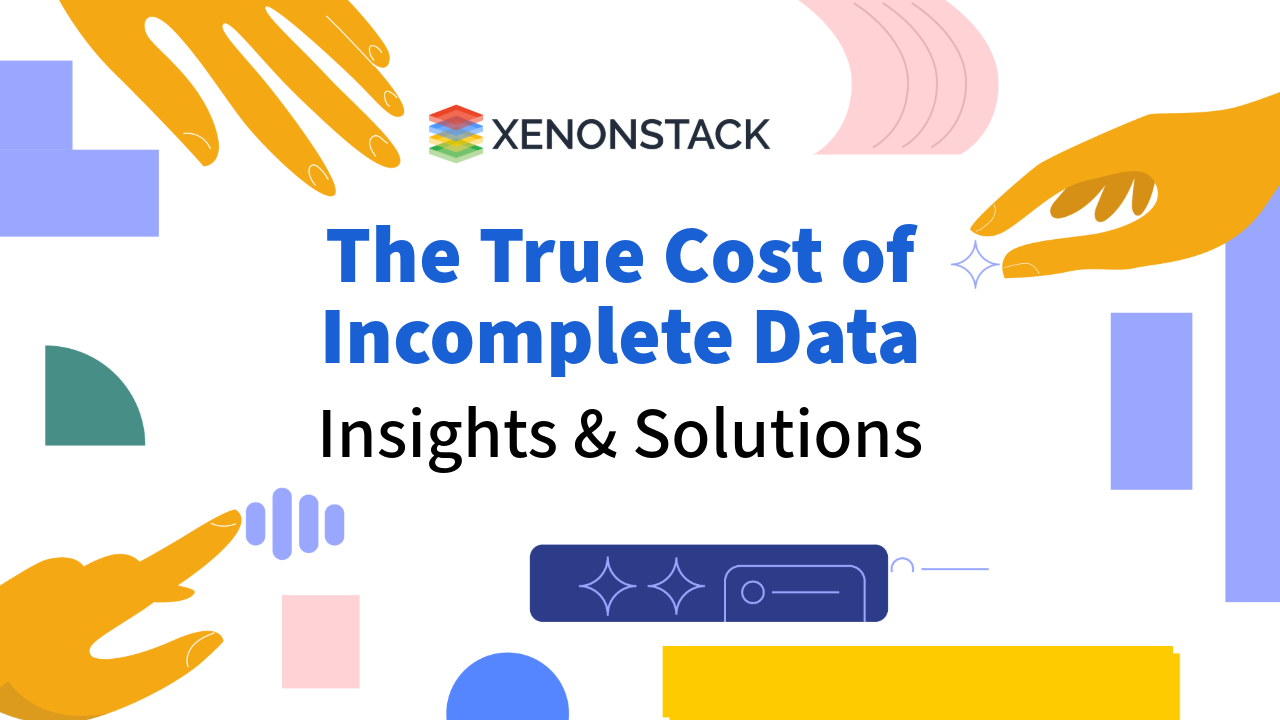
Introduction of Data Consistency
In today’s connected world, ensuring that data remains consistent across multiple systems is essential, yet it can be quite tricky. As businesses grow, data isn’t just stored in one place—it’s spread across different databases, services, and locations. This makes keeping everything in sync a challenging task. In this blog, we’ll explore the real challenges of maintaining data consistency, share practical strategies for syncing data, and introduce tools that can help you manage these tasks with ease.
Data is the heart of every modern business. It drives decisions, enhances customer experiences, and powers innovation. However, as companies grow, the data they rely on isn’t just stored in one place. It gets spread out across multiple systems and locations, making it challenging to keep everything in sync. Data consistency is vital because inconsistent data can lead to poor decisions, lost revenue, and frustrated customers. In this blog, we’ll explore the common challenges of maintaining consistent data, practical strategies to tackle these challenges and introduce user-friendly tools to help you keep your data in check.
The Real Struggles: Challenges of Maintaining Consistency
-
The Curse of Data Redundancy
Redundant data can feel like a necessary evil in distributed systems. On the one hand, it can make data more accessible and boost performance. On the other hand, keeping multiple copies of data consistent can be a real headache. Every time something changes, those changes need to be replicated across all copies, and that’s where things can go wrong.
-
Latency & Network: The Invisible Villains
In a perfect world, data would move instantly between systems. But in reality, network delays can cause data inconsistency, even if it’s just for a few seconds. These delays can lead to users seeing outdated information, which can cause confusion and errors.
-
Schema Changes: Evolving, But at What Cost?
As your business grows and changes, so does your data structure. Introducing changes to the data structure across multiple systems at the same time can be tricky. If one system updates while others don’t, it can lead to data consistency issues and errors.
-
Concurrency Conflicts: Tug of War
When multiple systems or users attempt to update data simultaneously, it is similar to a tug-of-war. Without proper management, this can lead to lost updates, overwritten data, or even data corruption. Handling these conflicts across different systems is tough but essential for maintaining database consistency.
The Game Plan: Strategies for Data Synchronization
-
Master-Slave Replication: The Commander's Role
Master-slave replication is an easy method to maintain consistent data. In this setup, one system (the master) holds the main copy of the data, while one or more systems (the slaves) hold copies. Whenever data is updated, the changes are first made on the master and then copied to the slaves. While this helps keep data consistent, there might be a slight delay in the slaves getting updated.
-
Two-Phase Commit Protocol: Seal the Deal
The two-phase commit protocol is like a handshake between systems to ensure that a transaction is fully completed or not done at all. First, all systems agree to the changes (phase one), and then they commit the changes (phase two). If any system says “no” during the first phase, the transaction is canceled. This method is particularly useful in situations where every transaction must be accurate, such as in financial systems to ensure atomicity
- Eventual Consistency: Patience Pays Off
Sometimes, data doesn’t need to be instantly consistent across all systems. In those cases, eventual consistency is a good approach. Here, changes are made locally first and then propagated across other systems over time. This means that data might not be instantly synced, but it will eventually get there. This method works well in large-scale systems where it’s more important for the system to be always available than instantly consistent.
- Data Sharding: Divide and Conquer
Data sharding involves breaking your data into smaller pieces (shards) and storing them separately. Each shard is managed independently, which can make your system faster and more efficient. However, keeping these shards in sync can be challenging, so it’s important to have a plan in place for maintaining consistency.
Whether you need to continuously Migrate Data, Deploy Applications with Precision, or Maintain Robust Enterprise Security, XenonStack is here to help. Explore our Managed Analytics Services and Solutions today
Tools of the Trade: Recommended Tools for Consistency Management
Apache Kafka: The Real-Time Storyteller
Apache Kafka is an effective tool for managing live data streams. It allows systems to send and receive data in real-time, ensuring that updates are quickly and reliably shared across all systems. Kafka is especially useful in situations where multiple systems need to be updated with the latest information.

Fig 1.0: Architecture of Kafka
Key Features of Apache Kafka
-
Real-time data streaming: Allows for instant data synchronization across systems.
-
Scalability: Capable of managing extensive data across multiple systems.
-
Fault-tolerant: Ensures data is not lost even if parts of the system fail.
-
High throughput: Processes large amounts of data with low latency.
AWS Database Migration Service (DMS): Your Cloud Guide
AWS DMS helps you migrate your databases to the cloud while keeping them in sync. It’s particularly useful if you’re moving your data to AWS, as it ensures that your source and destination databases stay consistent throughout the migration process.

Fig 2.0: Architecture of AWS DMS
Key Features of AWS DMS
-
Minimal downtime: Ensures continuous data replication during migration.
-
Support for multiple database engines: Works with various source and target databases.
-
Data transformation: Permits the alteration of data while migrating.
-
Monitoring: Provides real-time monitoring of migration tasks.
Debezium: The Watchful Eye Master Data Management: Architecture and Best Practices
Debezium functions as a surveillance camera for your databases. It monitors changes made to your data and ensures that those changes are reflected across all systems. This is especially useful in setups where data consistency is critical, like microservices architectures.

Fig 3.0: Architecture of Debezium
Key Features of Debezium
-
Change Data Capture (CDC): Tracks changes in your database and sends them to other systems.
-
Supports multiple databases: Works with various database systems like MySQL, PostgreSQL, MongoDB, and more.
-
Event streaming: Integrates with Apache Kafka for real-time streaming of database changes.
-
Fault-tolerant: Ensures that no data changes are missed, even in case of failures.
Final Thoughts
Keeping data consistent across multiple systems can be challenging, but with the right strategies and tools, it’s achievable. By understanding the challenges and using effective synchronization strategies like master-slave replication or eventual consistency, you can ensure that your data remains reliable and accurate. The tools we’ve discussed, like Apache Kafka, can help you manage consistency with ease, making sure your data is always ready when you need it.



